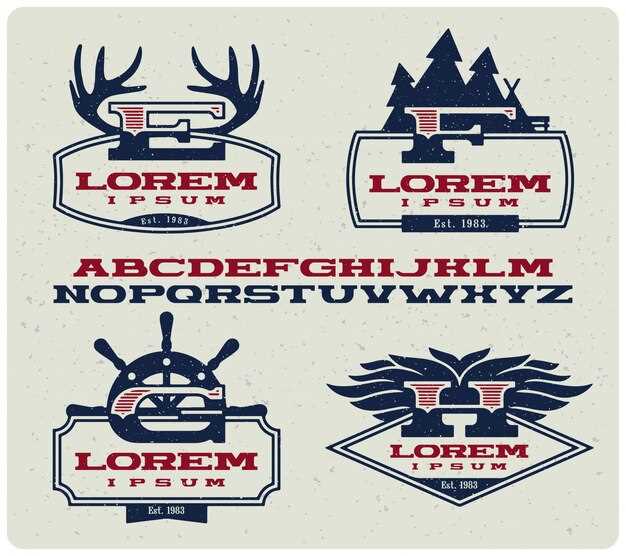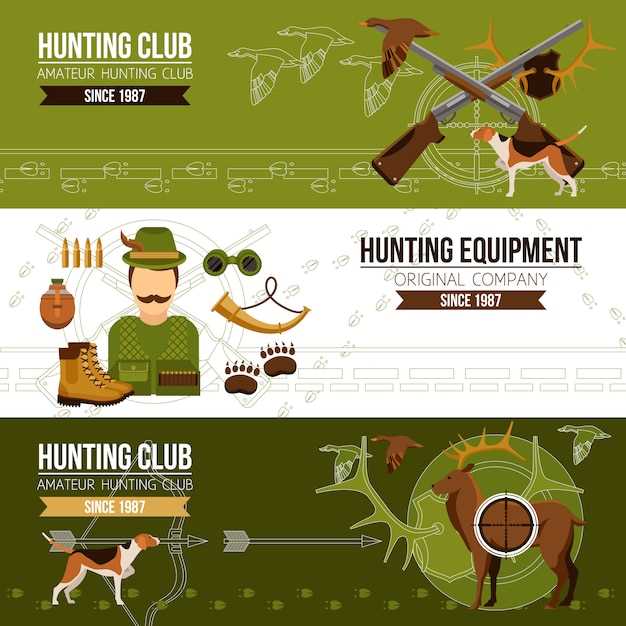
When it comes to elk hunting, selecting the right rifle caliber is crucial for ensuring a successful and humane harvest. Elk, known for their impressive size and strength, require adequate stopping power to bring them down effectively. Choosing the correct caliber not only impacts your accuracy and efficiency but also plays a significant role in your overall hunting experience.
Several calibers stand out as popular choices among seasoned hunters. Each caliber has its own unique characteristics that cater to different hunting styles and conditions. Factors such as bullet weight, velocity, and trajectory are vital considerations when determining which caliber will best suit your needs in the field.
In this article, we will explore the top rifle calibers recommended for elk hunting, highlighting their advantages and potential drawbacks. Whether you’re a seasoned hunter looking to refine your gear or a beginner seeking advice, understanding these caliber options will help you prepare for a successful pursuit of one of North America’s most majestic animals–the elk.
Choosing the Right Caliber for Elk Size and Terrain

When hunting elk, selecting the appropriate rifle caliber is crucial for ensuring a successful and humane harvest. Elk are large and robust animals, often weighing upwards of 600 pounds, which necessitates a caliber powerful enough to penetrate their thick hide and muscle. A caliber that is too small may result in insufficient stopping power, leading to a wounded animal and an ethical dilemma.
As a general rule, calibers such as .270 Winchester, .30-06 Springfield, and .300 Winchester Magnum are popular choices among elk hunters. These rounds offer a good balance of velocity, energy retention, and accuracy, making them effective for long-range shots commonly associated with elk hunting. It is important to consider not only the caliber but also the specific bullet type, as heavier bullets with controlled expansion can maximize tissue damage and ensure a quicker kill.
The terrain in which you hunt plays a significant role in determining the right caliber. In open, mountainous regions where long-range shots are needed, a flat-shooting caliber with high ballistic performance may be more suitable. Conversely, in dense forests where shorter shots are common, a caliber that can deliver quick energy transfer and adequate stopping power, even at reduced distances, is essential. Adjusting your choice based on the expected distance of your shots can make a significant difference in your effectiveness as a hunter.
Ultimately, the right rifle caliber for elk hunting depends on a combination of elk size, your shooting ability, and the specific terrain you will encounter. Taking time to practice with your chosen caliber will improve your confidence and proficiency, enhancing your chances of a successful hunt.
Ballistics and Terminal Performance of Popular Elk Calibers
When it comes to elk hunting, understanding the ballistics and terminal performance of various calibers is essential for ensuring a successful harvest. The choice of caliber influences not only the trajectory of the bullet but also the amount of energy delivered to the target, impacting overall effectiveness.
Among the most popular elk calibers is the .270 Winchester. This caliber offers a flat trajectory and sufficient energy for effective penetration, making it a reliable choice for hunters. The .270 delivers a velocity of around 3,000 fps with a 130-grain bullet, resulting in a significant impact that can take down an elk with well-placed shots.
Another excellent option is the .30-06 Springfield, known for its versatility and impressive terminal ballistics. With bullet weights ranging from 150 to 200 grains, the .30-06 can be loaded for various shooting scenarios. It typically delivers around 2,900 fps with a 180-grain bullet, providing deep penetration and high energy transfer, which are crucial for large game like elk.
The .300 Winchester Magnum stands out for its long-range capabilities and superior energy at distance. With a typical muzzle velocity of 3,200 fps for a 180-grain bullet, the .300 Win Mag excels in open terrains where long shots are common. Its high ballistic coefficient allows it to maintain velocity and energy, ensuring the bullet remains effective even at extended ranges.
Additionally, the 7mm Remington Magnum is a favorite among elk hunters due to its flat shooting characteristics and significant knockdown power. With a 160-grain bullet, the 7mm Rem Mag achieves a velocity of approximately 2,900 fps. This caliber combines speed, drop reduction, and excellent terminal performance, making it suitable for varying hunting conditions.
Lastly, the .338 Winchester Magnum is often recommended for hunters targeting larger bulls or in areas where heavy cover is prevalent. Its heavier bullet weights, often around 200 grains, deliver tremendous stopping power with a muzzle velocity near 2,900 fps. This combination ensures effective terminal performance, particularly in close-range encounters.
In conclusion, selecting the right caliber is paramount for elk hunting success. Each popular caliber has unique ballistics and terminal performance characteristics that can influence the outcome of the hunt. Understanding these elements will help hunters make informed decisions to enhance their chances of a successful harvest.
Ammo Considerations for Elk Hunting Success

Choosing the right ammo is crucial for successful elk hunting. The caliber of your rifle directly impacts your ability to take down an elk effectively and ethically. When selecting ammunition, consider the bullet type, weight, and velocity.
Among various calibers, options like .30-06 Springfield, .300 Win Mag, and .338 Lapua are popular choices. These calibers provide the necessary power and accuracy for elk-sized game. Ensuring that your ammo has sufficient energy at the ranges you plan to hunt is essential. Aim for a bullet that delivers at least 1,500 foot-pounds of energy for optimal performance.
The bullet construction also plays a significant role. For elk hunting, look for controlled expansion bullets that penetrate deeply and retain weight. This helps in creating a larger wound channel and ensuring a humane kill. Consider premium offerings from reputable manufacturers, which often provide enhanced performance compared to standard options.
Additionally, ballistic performance should be assessed. Pay attention to how your chosen ammunition performs in various atmospheric conditions, as this can affect trajectory and impact. Testing your selected ammo at the range will help you understand its behavior, particularly at the distances you will encounter while hunting.
Lastly, always prioritize reliability in your ammo. Choose brands that are known for their consistency and safety. Running a few box tests in your rifle will assure that you have dependable rounds when the moment of truth arrives in the field.